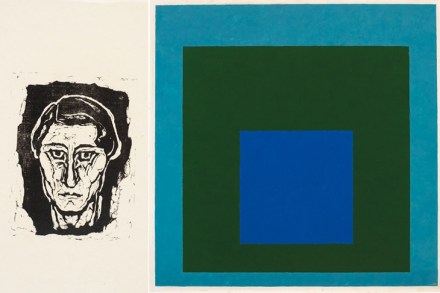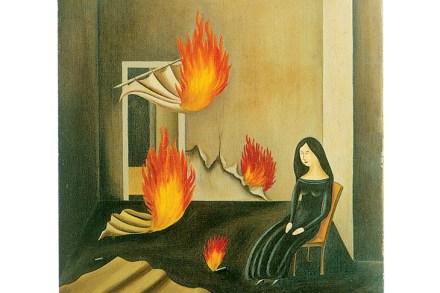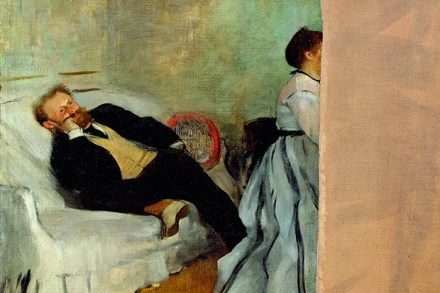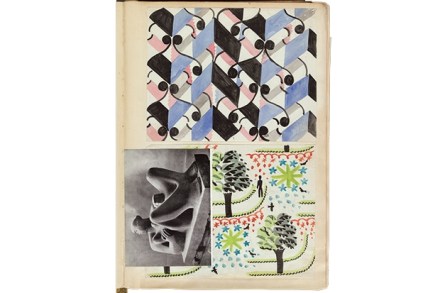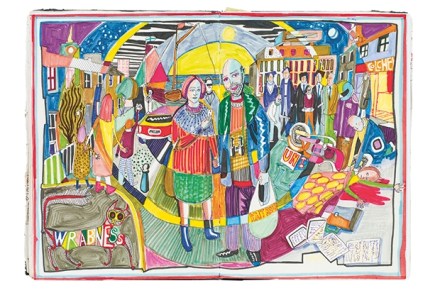Albers the austere
The German-born artist, Josef Albers, was a contrary so-and-so. Late in life, he was asked why — in the early 1960s — he had suddenly increased the size of works in his long-standing abstract series, ‘Homage to the Square’, from 16×16 inches to 48×48. Was it a response to the vastness of his adopted homeland,
